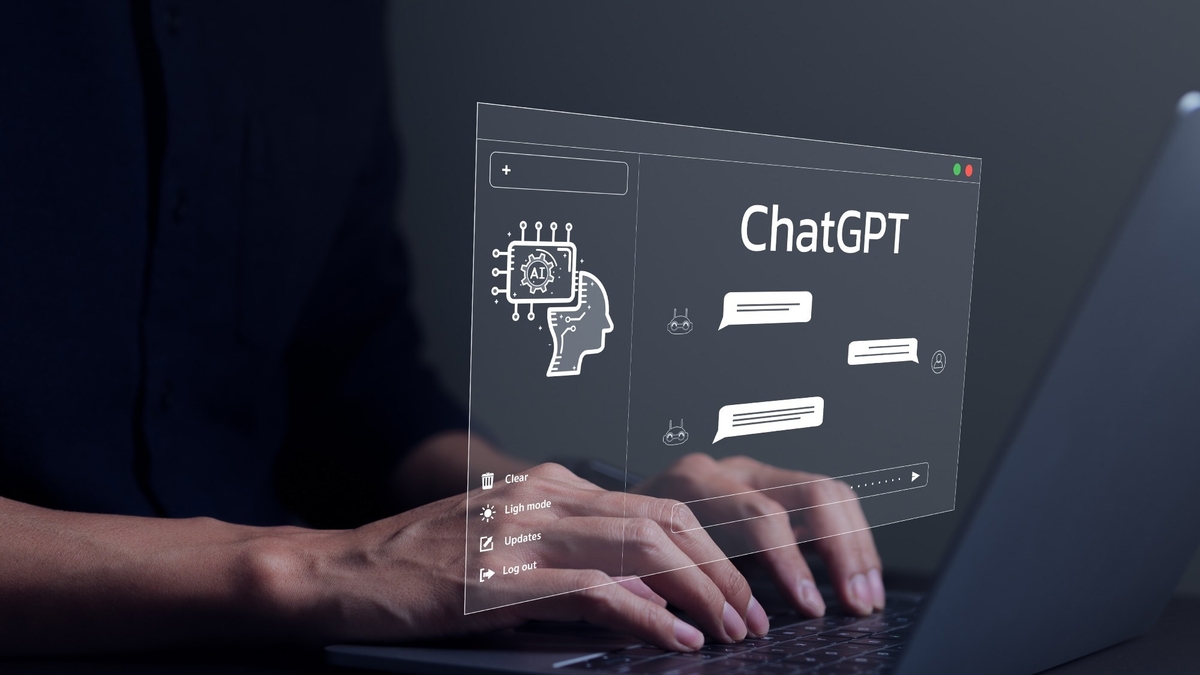
ChatGPT’s Potential in Nutritional Guidance
The recent advancement in artificial intelligence has given rise to innovative solutions like ChatGPT, a generative pretrained transformer designed for conversational purposes. In a new study published in the journal Nutrients, researchers investigated the potential of ChatGPT in providing nutritional guidance for non-communicable diseases (NCDs) such as arterial hypertension, type 2 diabetes, dyslipidemia, obesity, non-alcoholic fatty liver disease (NAFLD), sarcopenia, and chronic kidney disease (CKD).
Comparing the nutritional advice given by ChatGPT with international guidelines, researchers found that the AI’s advice was generally accurate. The appropriateness rates varied from 55.5% for sarcopenia to 73.3% for NAFLD. These results suggest that ChatGPT has potential utility in providing dietary advice.
Mismatch and Inconsistencies in ChatGPT’s Responses
Despite the promising results, the study also revealed some drawbacks in using ChatGPT for nutritional advice. Some of the AI’s responses were contradictory to the guidelines, while others were considered unsupported or not fully matched. In more complex scenarios involving co-existing conditions, ChatGPT’s guidance was found to be limited. These findings underscore the importance of human expertise in health-related matters, especially when dealing with complex and individualized scenarios.
ChatGPT in the Food Industry
It is not only in the field of health and nutrition that ChatGPT has found potential utility. The tool is also being explored by food entrepreneurs as a way to enhance their businesses. From brainstorming unique flavor combinations and providing personalized recommendations for sourcing rare ingredients to creating interactive digital menus with AR features and generating innovative food presentation ideas, the possibilities with ChatGPT are vast. Additionally, it can assist in developing themed pop-up restaurant concepts, crafting catchy names for food businesses, designing eco-friendly packaging solutions, collaborating on menu designs for dietary restrictions and allergies, and developing strategies for reducing waste.
Personalized Meal Planning with ChatGPT
An example of the practical application of ChatGPT in the food and health industry is the Healthy Menu application. This app uses ChatGPT to generate personalized meal plans and recipes based on user-specific details. The promise of nutritious and balanced diets contributes to weight management, health improvement, and the exploration of new, healthy recipes. Furthermore, data safety is a key feature, with collected data being encrypted in transit and users having the ability to request their data be deleted.
Conclusion: Experts Remain Irreplaceable
In conclusion, while AI tools like ChatGPT offer promising potential in providing nutritional guidance and contributing to the food industry, they cannot replace the advice of experts. Especially in complex scenarios involving multiple co-existing conditions, human expertise remains vital. As technology continues to evolve, it’s clear that the best approach is a balanced combination of AI innovation and human expertise for accurate and personalized nutritional advice.
